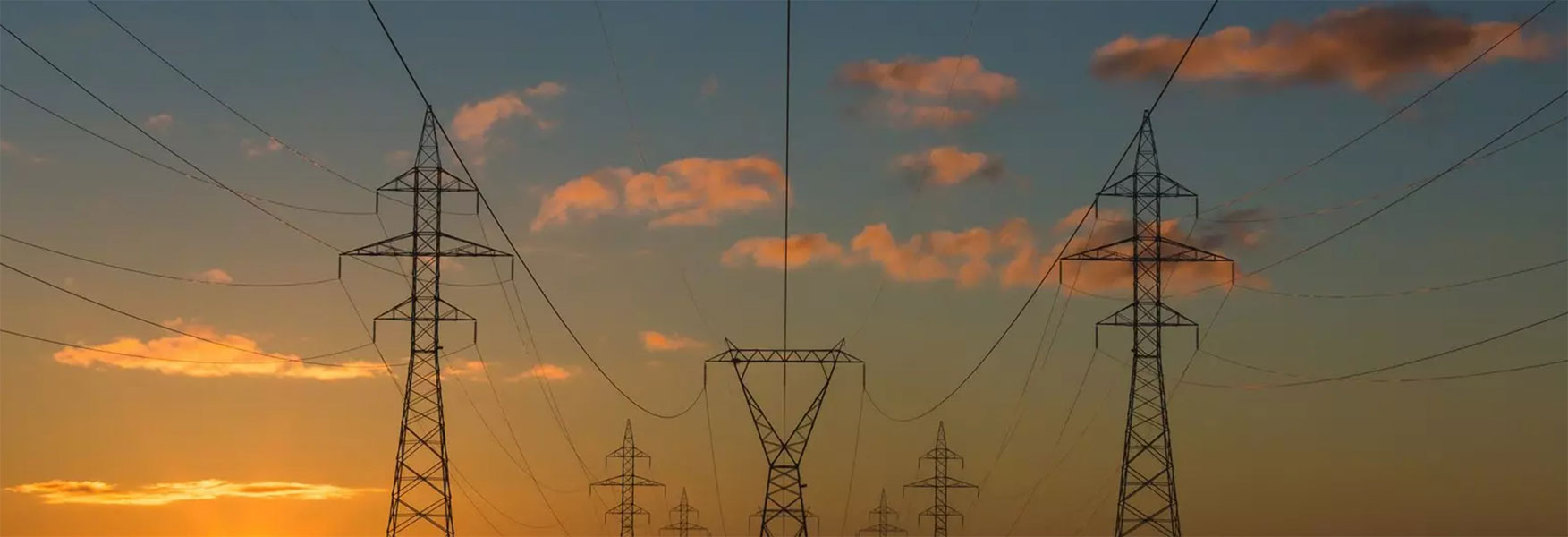
Before reading further, it's important to consider the wide range of alternatives to Small Modular Reactors (SMRs) for generating electrical power. Each alternative offers unique advantages and faces specific challenges, making it crucial to explore all options to determine the best fit for our energy needs.
Comparative Analysis: SMRs vs. Solar & Wind powering Hydrogen Production
Hydrogen production is a key element of the transition to a low-carbon economy. Both Small Modular Reactors (SMRs) and renewable energy sources like solar and wind have potential roles in this process. Below is an analysis of how each option fares in producing hydrogen through electrolysis.
1. Energy Consistency and Reliability
SMRs:
- Base Load Power: SMRs provide consistent and reliable base load power, operating 24/7 regardless of weather conditions. This makes them particularly well-suited for continuous hydrogen production, which requires a steady and predictable supply of electricity.
- Dependability: SMRs are not dependent on external factors like sunlight or wind, making them a reliable source of energy for hydrogen production even during peak demand periods or unfavorable weather.
Solar & Wind:
- Intermittency: Solar and wind power are inherently intermittent, producing electricity only when the sun is shining, or the wind is blowing. This intermittency poses challenges for continuous hydrogen production, potentially requiring additional investments in energy storage or backup systems to ensure a stable supply.
- Seasonal Variability: Solar and wind power output can vary seasonally, which could lead to fluctuations in hydrogen production unless buffered by large-scale energy storage systems.
2. Environmental Impact
SMRs:
- Zero Carbon Emissions: SMRs produce zero carbon emissions during operation, making them a clean energy source for hydrogen production. However, nuclear waste management is a critical environmental concern that must be addressed with long-term solutions (World Economic Forum).
- Resource Efficiency: SMRs require significant amounts of water for cooling, which could be a concern in water-scarce regions. However, advanced designs aim to reduce this requirement.
Solar & Wind:
- Completely Renewable: Solar and wind energy are entirely renewable and produce no direct emissions during operation. They have minimal environmental impact once installed, with the main concerns being land use, material usage, and the environmental footprint of manufacturing and disposing of equipment.
- Water Usage: Unlike SMRs, solar and wind energy production require minimal water, making them highly suitable for arid regions where water conservation is critical.
3. Cost Considerations
SMRs:
- High Initial Costs: The capital cost of building SMRs is significant, ranging from $450 million to $750 million per unit. However, the operational costs are relatively low once the reactors are in service, and they provide a stable and predictable cost structure for hydrogen production over time.
- Economies of Scale: SMRs can achieve cost efficiencies through modularity and mass production, potentially lowering costs over time. However, the initial investment is substantial, and cost competitiveness depends on the scale of deployment.
Solar & Wind:
- Decreasing Costs: The costs of solar and wind energy have decreased significantly over the past decade, with further reductions expected as technology improves and scale increases.
- Operational Costs: Once installed, solar and wind have very low operational costs. However, the intermittent nature of these sources may require additional investments in energy storage or grid management technologies, which could increase overall costs for hydrogen production.
4. Scalability and Flexibility
SMRs:
- Scalability: SMRs are modular and can be scaled up incrementally, making them suitable for integration into existing energy systems or for the development of new energy hubs focused on hydrogen production .
- Site Flexibility: SMRs can be located near hydrogen production sites, reducing transmission losses and increasing efficiency. However, their deployment is limited by the need for suitable sites that meet safety and regulatory requirements.
Solar & Wind:
- Rapid Scalability: Solar and wind farms can be deployed relatively quickly and scaled up to meet increasing demand. Their modular nature allows for flexibility in deployment across a wide range of locations.
- Geographic Flexibility: Solar and wind can be installed in a variety of settings, from rooftops to large-scale farms. However, the best locations for these resources may not align with optimal sites for hydrogen production, necessitating energy transmission infrastructure.
5. Energy Security and Risk
SMRs:
- Energy Security: SMRs provide a secure, reliable source of energy, reducing reliance on imported fuels and enhancing energy independence. However, they come with nuclear risks, including safety concerns and the challenge of nuclear waste disposal (World Economic Forum).
- Risk Management: The risks associated with SMRs include potential nuclear accidents and the need for stringent security measures. However, modern SMR designs incorporate advanced safety features to mitigate these risks.
Solar & Wind:
- Energy Independence: Solar and wind energy enhance energy security by reducing dependence on fossil fuels and providing a decentralized energy source. They are not subject to fuel supply risks, unlike nuclear or natural gas-based systems.
- Low Risk Profile: Solar and wind technologies have a low risk profile, with minimal safety concerns compared to nuclear power. However, their variability poses challenges for energy security if not paired with adequate storage solutions.
VERDICT
In short, we believe that employing SMRs in their current form as part of the electrical power mix will be difficult to obtain a public acceptance. Despite their potential benefits, SMRs still have drawbacks, including prohibitive costs, lengthy development timelines, and the challenge of managing nuclear waste. Moreover, a single nuclear radiation accident could have disastrous consequences for generations. We should wait and see what Advanced Fusion SMRs, currently in the early stages of design (in France, the USA, and the EU), can offer in terms of security and commercial viability.
DO WE HAVE TIME TO WAIT? MAYBE NO -
Strategy: A combined approach might be the most effective, with Hybrid Gas Turbines addressing immediate needs and Advanced SMRs being developed in parallel to ensure long-term sustainability and deep decarbonization of the energy sector.

